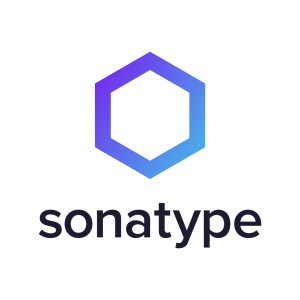With the plugin for our IDE that Sonatype provides, we can check whether a library has security, quality, or licensing issues very easily. Which is nice because Googling for this stuff can be a bit cumbersome. By checking it before code is even committed, we save ourselves from getting notifications.


